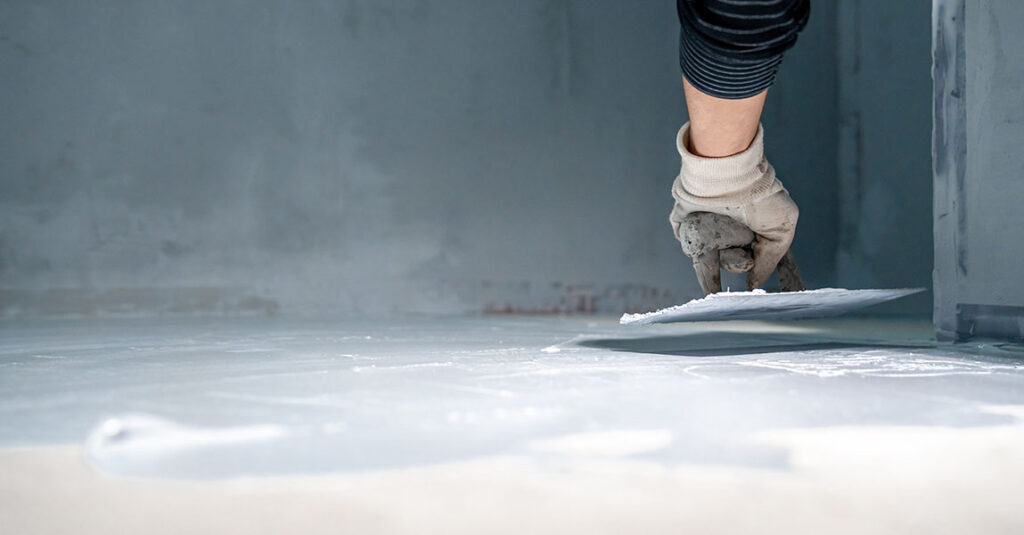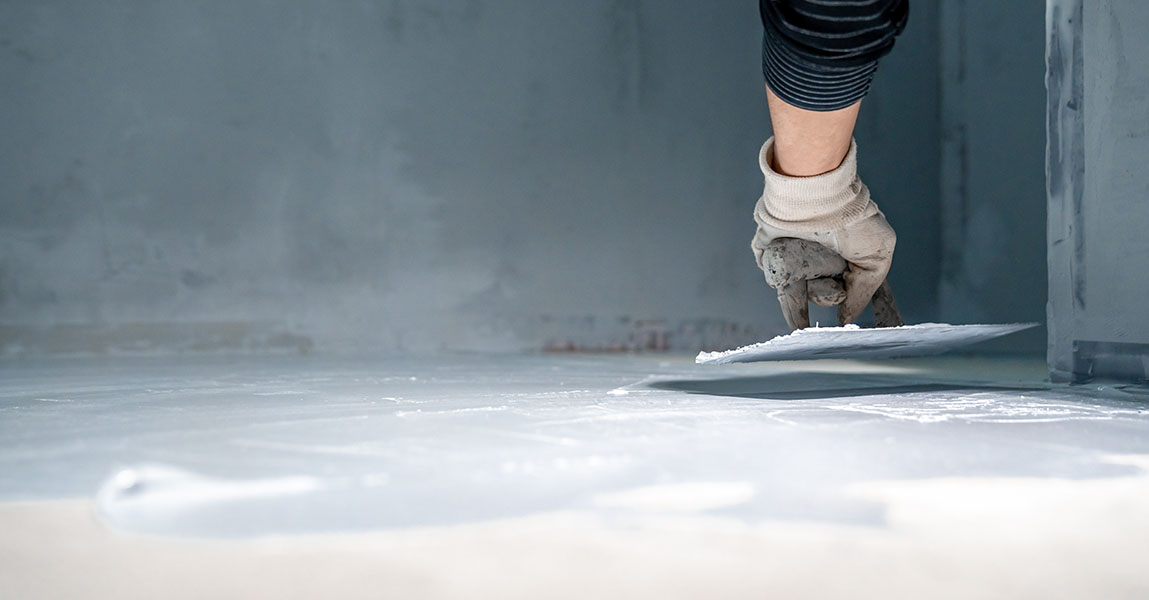
Marble is a timeless natural stone that adds elegance to any space. Therefore it requires thoughtful cleaning products to keep its shine and prevent damage. As a trusted marble manufacturer we know which solutions protect your investment.
Marble has a composition that makes it both sturdy and sensitive. In other words its calcium carbonate structure reacts to acidic and abrasive substances. The surface may wear or etch when exposed to harsh cleaners without realizing it. Furthermore even water with high mineral content can leave cloudy spots when allowed to sit. Regular cleaning practices that ignore these properties can shorten the life of the stone. Consequently gentle methods and suitable products become essential for long lasting beauty.
Using cleaners balanced at a neutral pH helps maintain marble integrity. On the other hand cleaners with acidic bases cause tiny fissures and dull patches in the finish. We focus on products that stay within a safe range of four to nine on the pH scale. Moreover these solutions do not strip sealants or leave harmful residues. Many standard household cleaners fall outside this window and can attack the stone. As a result we advise against guesswork when selecting a cleaner for regular use.
A handful of reputable stone care brands offer reliable solutions for marble cleaning. For instance some formulas combine surfactants with mild conditioners to lift dirt without damage. We turn to these specialist options when tackling everyday dirt or light spills. Moreover you can explore a selection of proven solutions on our marble care products page. These products are formulated to cleanse seal and nourish marble surfaces. Consequently they often outperform generic cleaners that may harm the stone.
Many homeowners prefer simple do it yourself solutions for routine wiping. However ingredients like vinegar or lemon juice can degrade the stone over time. We stick to blends of mild soap distilled water and a small amount of rubbing alcohol for occasional disinfecting. In addition using distilled water prevents mineral spots that can occur with hard tap water. Testing any new mix in an inconspicuous area helps you avoid unintended harm. Therefore always rinse and dry the surface thoroughly after cleaning to remove any residue.
The tools you use can be as important as the cleaning solution itself. In other words using rough cloths or pads can scratch the marble surface over time. We prefer soft microfiber cloths and gentle mops to lift dirt without abrasion. Moreover rotating between fresh cloths keeps the surface free from trapped grit. Microfiber also absorbs moisture quickly preventing the stone from sitting in water. Consequently changing cloths after each use reduces the risk of micro scratches and water spots.
Some stains require more than a simple wipe to remove thoroughly. For instance a poultice made from baking soda and water can draw oil spots out without harsh chemicals. We apply a thick paste over the stain cover it with plastic wrap and let it rest for twenty four hours. As a result the marble often releases the discoloration leaving the surface ready for gentle cleaning. Following that step we rinse the area with mild soap and water before drying. In addition repeating this process only once typically avoids over grinding the stone.
Cleaners can only do so much without proper sealing to protect the stone. Afterwards you should reseal the surface every six to twelve months depending on traffic and exposure. We recommend a high quality stone sealer designed specifically for marble surfaces. Above all resealing creates a protective barrier that helps guard against spills and stains. Between sealings using safe cleaners keeps the barrier intact for longer. Consequently monitoring water absorption with an occasional drop test guides your resealing schedule.
One extra tip we share is the two cloth method for gentle cleaning. That is to say you clean with a damp soft cloth and then you dry immediately with a second dry cloth. We follow this routine section by section across the surface for best results. Consequently it prevents water from lingering and reduces spotting risks. Over time buffing marks can dull the finish if cloths are left damp on the stone. In addition the quick dry step minimizes any chance of soap residue settling into pores.
If you have questions about selecting the right cleaner reach out to our team today. In addition you can contact us for personalized advice on marble care.
A gentle pH neutral cleaner diluted in water works best for regular upkeep. Using a mild dish soap free of dyes and perfumes also keeps the surface protected.
Baking soda paste works well for oil based stains but may not remove rust or ink. For those you need specific stain removers formulated for marble.
A simple water drop test works well if water beads on the surface the sealer still protects it. If it soaks in within minutes you should reseal it soon.
No acidic solutions like vinegar can etch or dull the finish over time. Always choose neutral pH or specially formulated stone cleaners instead.
Using a soft microfiber cloth to dry immediately prevents water spots and streaking. Quickly drying also removes any leftover cleaner residue.

* Excluding Long Weekends